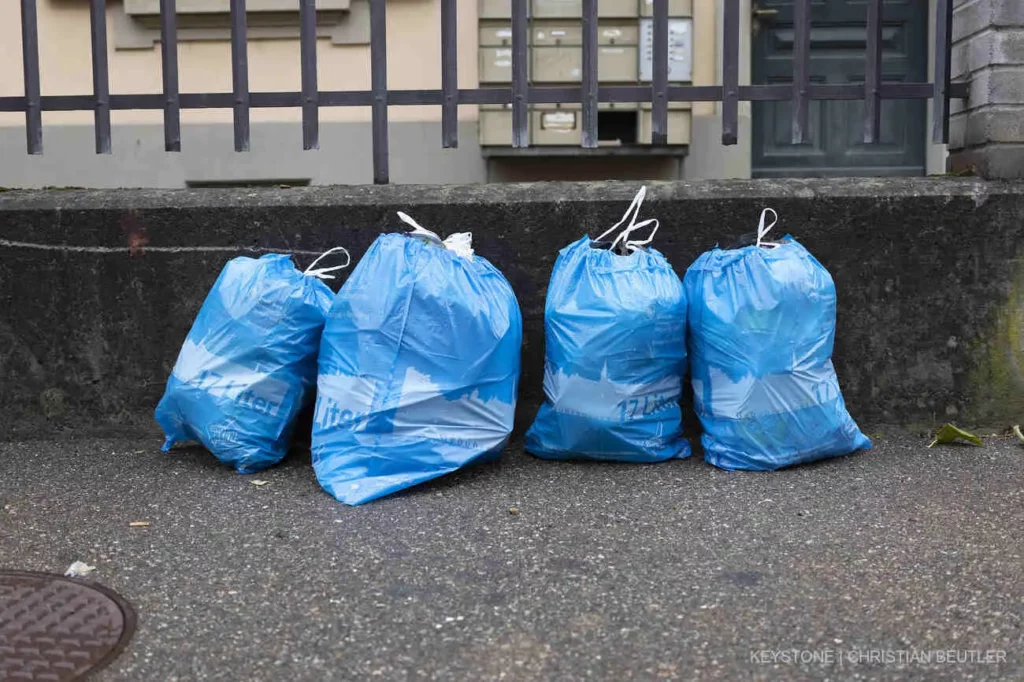Tue, Nov 21st 2023
Less waste ended up in garbage bags in Switzerland in 2022 than ten years ago. Nevertheless, a fifth of garbage consists of materials that are actually recyclable. In addition, more than half of the food thrown away could have been avoided by disposing of it.

This is shown by the Federal Office for the Environment (FOEN) in its new study “Survey of waste composition 2022”, which it presented to the media in Bern on Tuesday. According to the study, around 6 million tons of waste from households and small businesses are generated each year. That is 671 kilos of municipal waste per person.
Around half of this municipal waste is collected separately and recycled. The other half is sent to waste incineration plants. Compared to the last waste bag analysis from 2012, household waste per person fell from 206 to 148 kilos, a reduction of 58 kilos. This reduction was achieved through efforts to promote recycling.
50 kilos of food waste
Despite this positive development, the FOEN draws a mixed balance. 21 percent or 31 kilos of waste per capita would have been suitable for recycling. According to the FOEN, this particularly applies to processed and cooked food waste, vegetable and fruit waste and plastic packaging such as milk and shampoo bottles.
The amount of food waste in garbage bags has decreased from 60 to 50 kilos per person per year within ten years. However, the proportion of food in the garbage increased from 15.2 to 18.4 percent. However, this is due to the greater decrease in other types of waste such as glass, paper and plastic.
On average, 23 kilos of food waste, 25 kilos of food (dairy products, fruit, vegetables) and 2.2 kilos of fish and meat ended up in household waste per person in 2022. Over half of this could have been avoided. They would have remained edible if consumed in good time and stored correctly.
More efforts for the circular economy
Biogenic waste – food and garden waste (flowers, branches, potted plants, etc.) – together accounted for 35.4 percent of the average garbage bag. Composite goods such as toys, folders and diapers made up 17.9 percent of the contents. Plastics accounted for 13.4 percent and paper for 11.9 percent.
For the Federal Office, this means that further efforts are needed for the circular economy, as its Director Katrin Schneeberger said.
The analysis also revealed other positive aspects. Compared to 2012, the proportion of glass and paper in waste decreased by one percentage point each to 3% and 12% respectively. The amount of plastic in bags fell from 249,000 tons to 174,000 tons.
In percentage terms, this corresponds to a decrease from 15 to 13 percent. The reasons for this are, on the one hand, a larger range of plastic collection services and, on the other, the trend towards lighter packaging.
The FOEN has been collecting data on the composition of waste every ten years since 1982. As in 2012, last year it sorted 16.5 tons of garbage bags from 33 representatively selected municipalities according to waste type. Production and special waste from industry and commerce, construction waste and sewage sludge were not examined.
©Keystone/SDA
